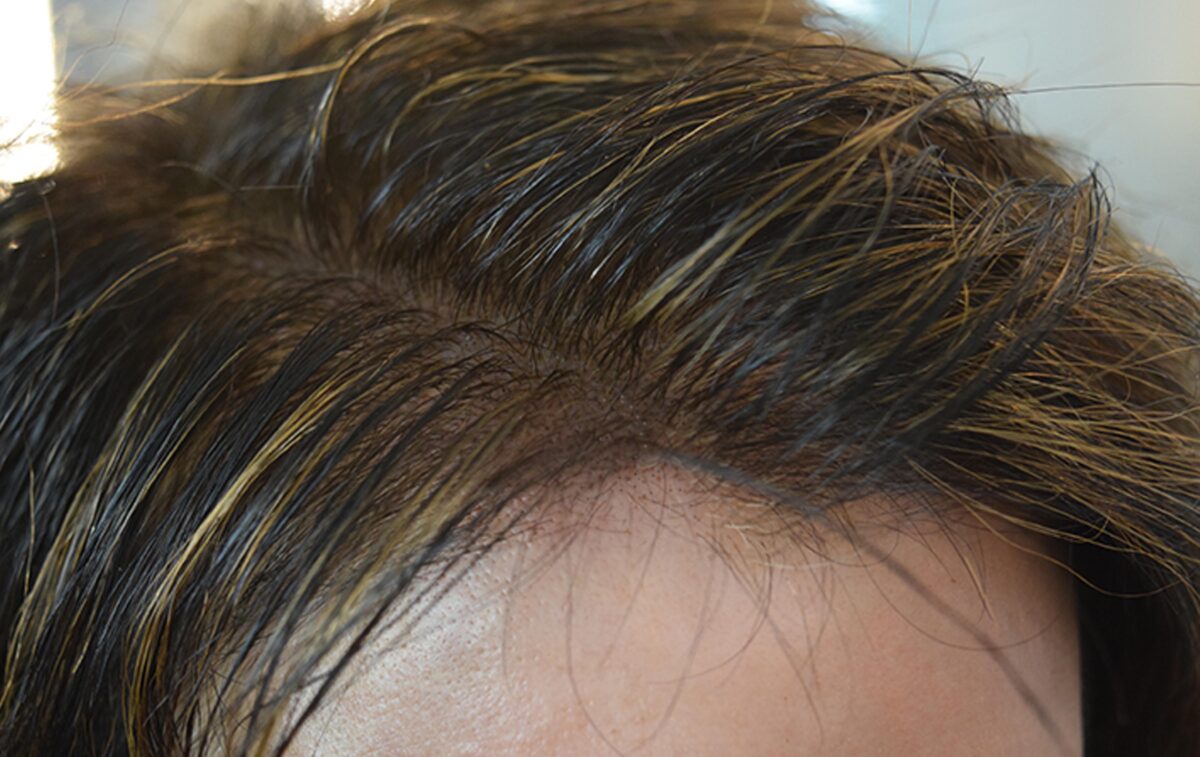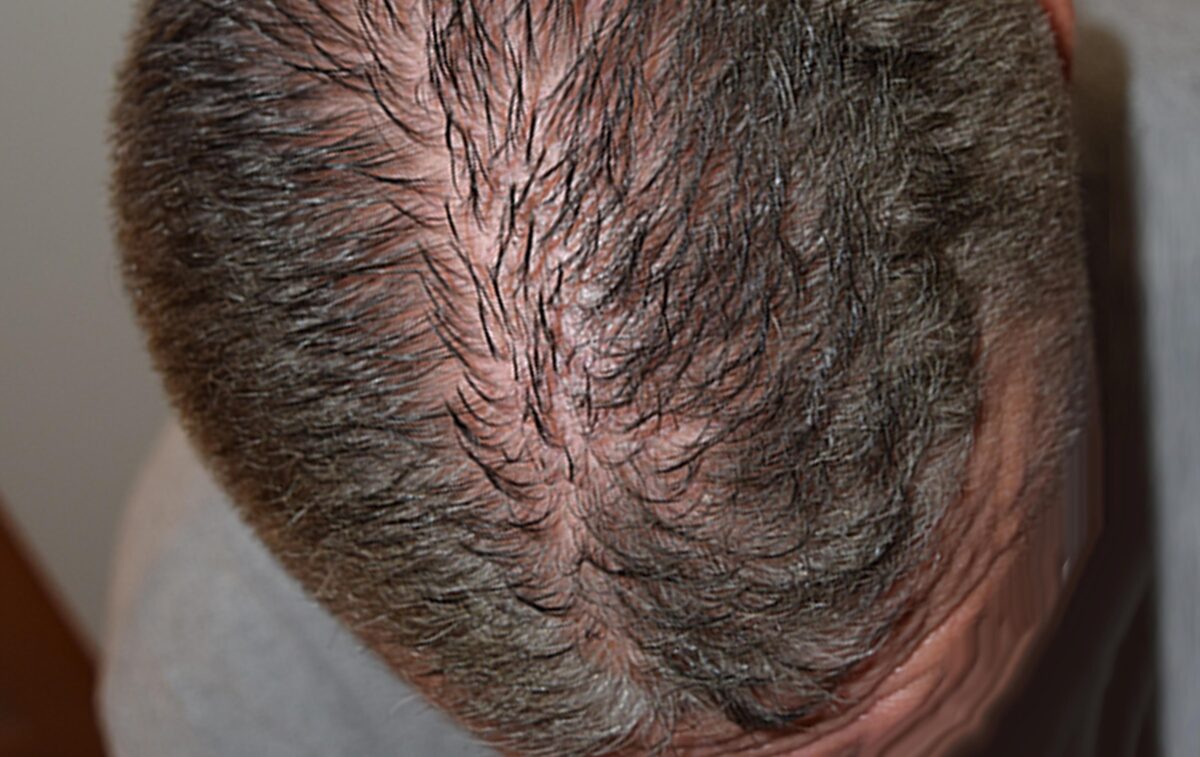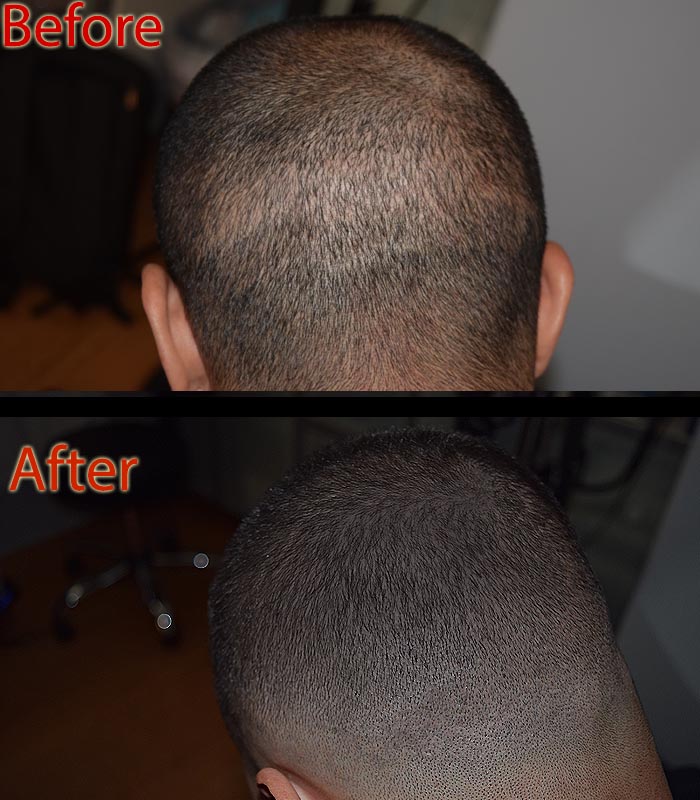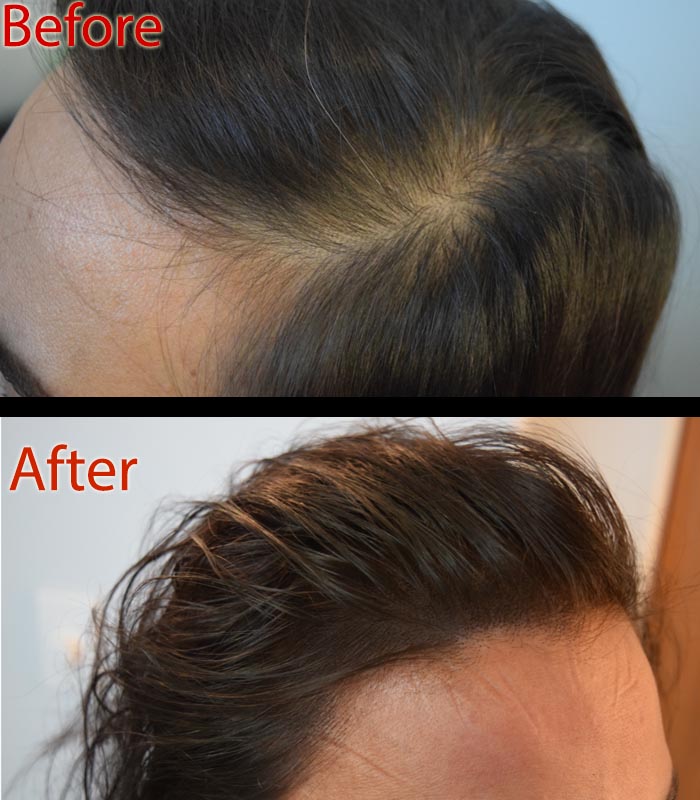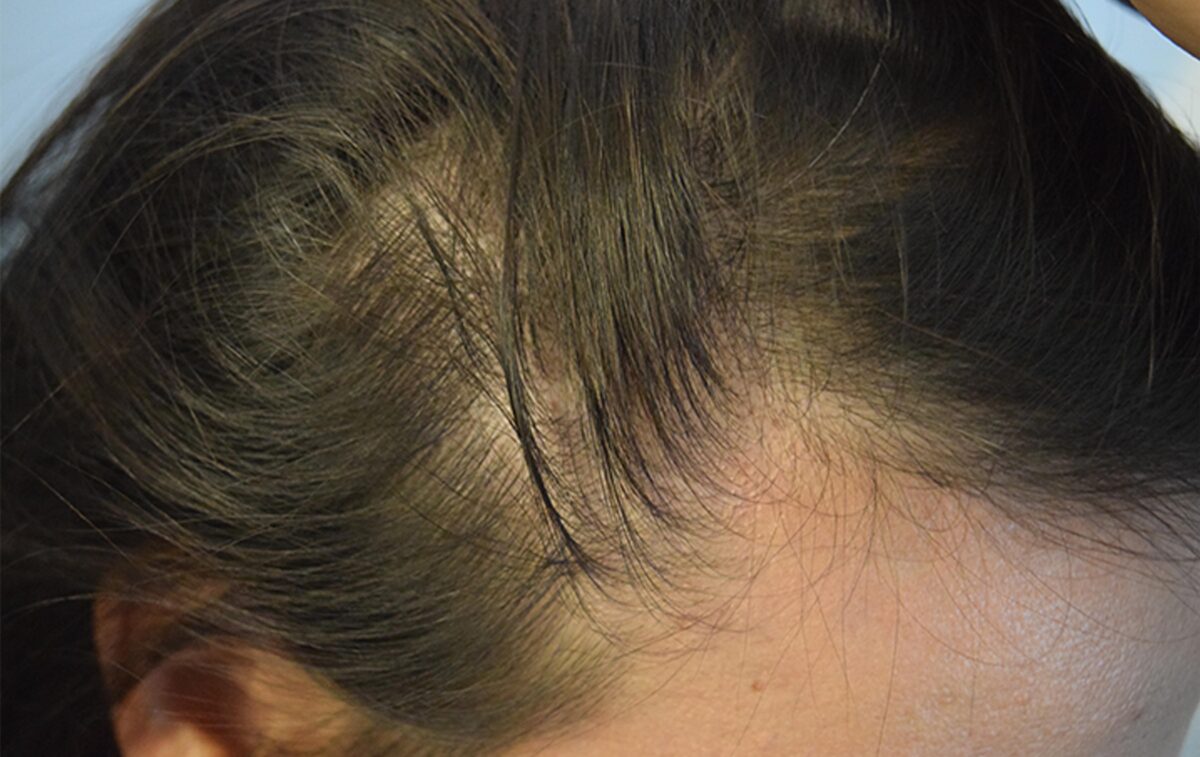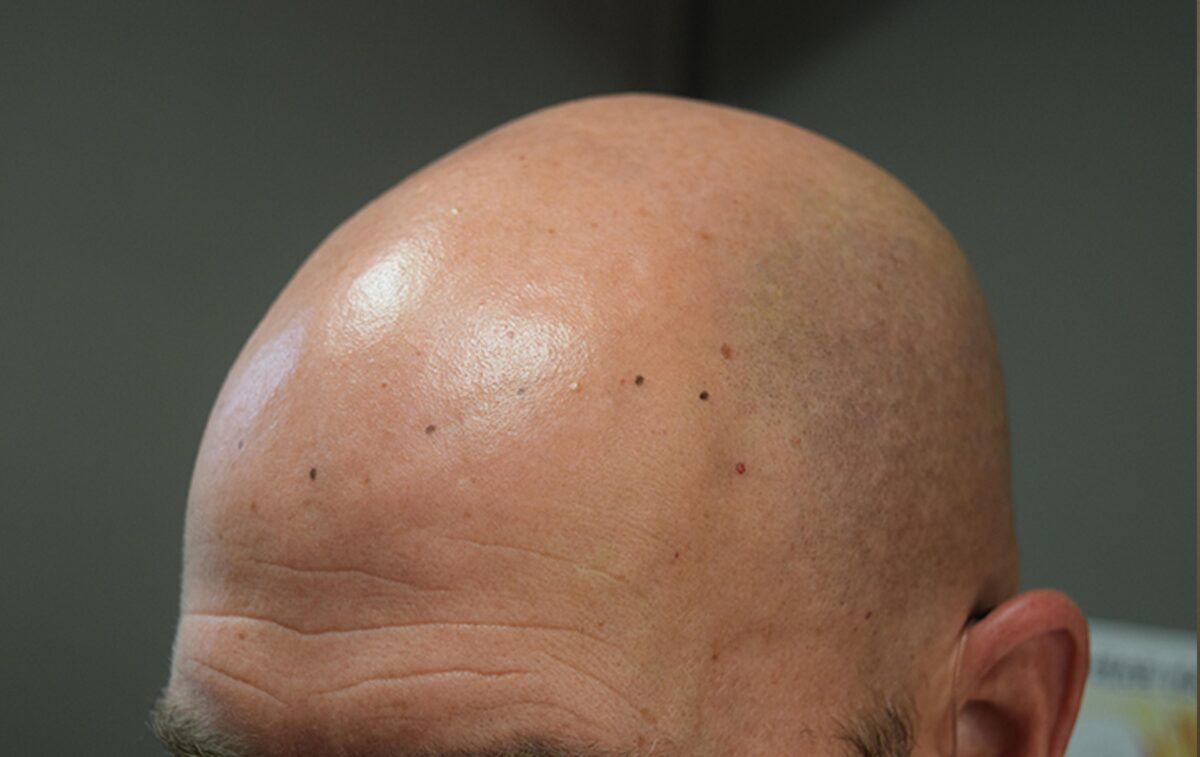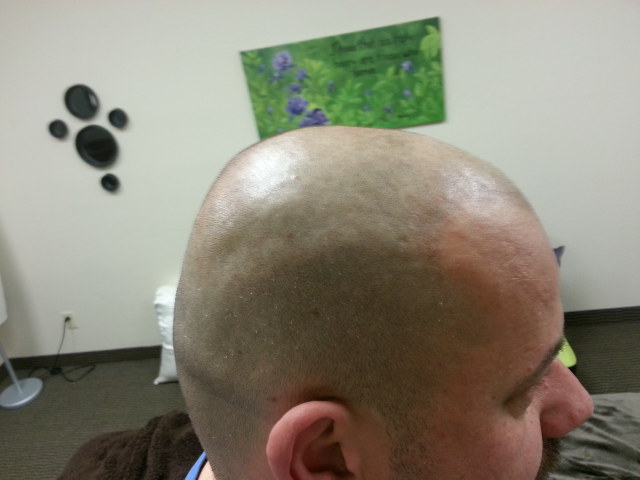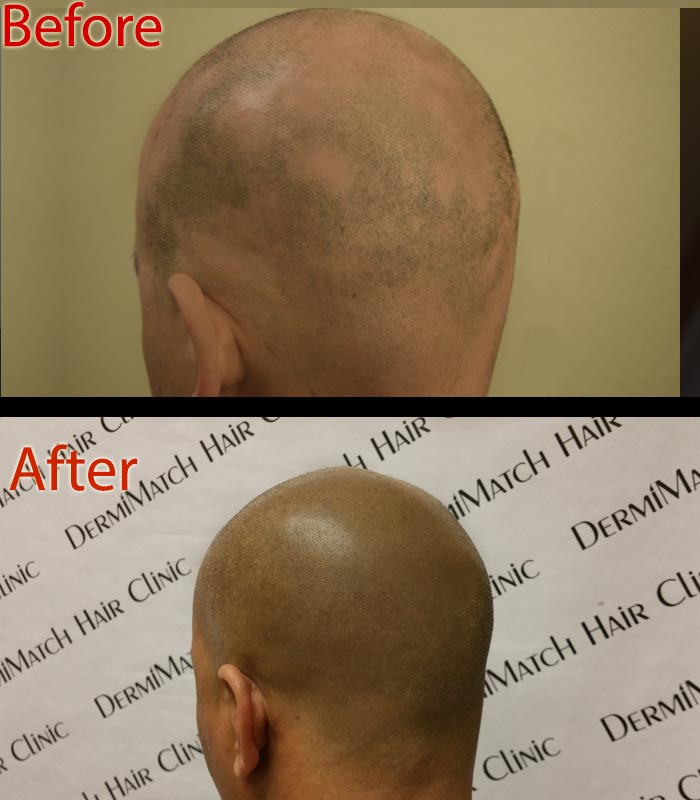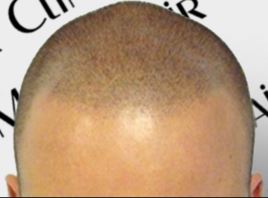Statistics claim that 40% of Americans experiencing baldness are women. Unfortunately, this is a sad reality for many women today. Luckily, there is a safer alternative to hair transplant to overcome the problem of pattern baldness in men and women. It is known as scalp micropigmentation. It is a less invasive procedure, which uses microneedles for implanting pigment into the scalp. During a micropigmentation session, a scalp artist aims to create the look of hair follicles with SMP pigment, which mimics a thick hairline.
Is SMP for Women An Option?
SMP is a cosmetic hair restoration procedure. It is meant to reduce the appearance of scalp flaws, such as thinning hair and bald spots. A scalp artist creates a three-dimensional effect that gives the appearance of density to hair.
SMP professionals try to replicate hair follicles with scalp ink. Scalp micropigmentation is ideal for bald spots, thinning hair, pattern baldness, and alopecia. scalp artists can customize the treatment by choosing the right color that matches the client’s hairline and compliments the tones.
The best thing about SMP for women is that it works for every skin and hair type. Women are particularly conscious about their receding hairline. Scalp micropigmentation mimics hair follicles that create the look of a full head of hair. It also covers scars and creates a youthful appearance, which accentuates your looks.
Is SMP Right for Women?
Scalp micropigmentation is right for you if you are upset with the way your scalp looks and affects your confidence.
Female hair loss is blamed on hormonal imbalance, genetic causes, health issues, iron deficiency, vitamin deficiency, postpartum, anemia, stress, or dietary restrictions. You may be a victim of hair loss due to any of these factors. Even the environment plays a role in hair health.
Women deserve to feel comfortable and confident in their own skin. Hair loss can be stressful. SMP can provide a realistic solution to hair loss. Minoxidil helps a little. On the other hand, Finasteride is yet to provide convincing clinical benefits to the woman hair loss problem.
While other hair loss treatments do not work or are expensive or some create unnatural looking results, scalp micropigmentation offers hope as a permanent solution to unsightly hair loss.
Whether you are looking for a practical solution to hair loss or adding density to your hairline, SMP for women allows you to look young once again. Scalp experts understand that female balding or pattern hair loss can be very distressing. Scalp micropigmentation creates the impression of a fuller head of hair. SMP for woman hair loss works best when performed by a scalp professional.
Why DermiMatch?
DermiMatch SMP specialists have years of experience in helping females renew their self-confidence with micropigmentation that gives a natural look and covers scalp problems. They have the best tools to create the look a woman desires with micropigmentation in Phoenic.
Schedule a consultation with Phoenix scalp professionals at DermiMatch Clinic today and restore your self-confidence that was lost due to hair loss or pattern baldness.

